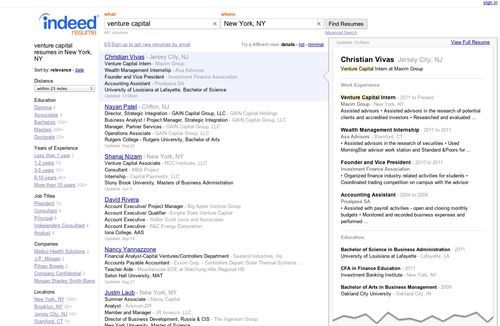Outsourcing Reversal
I do believe we may have reached peak employment, as discussed in the comments here recently, and as my partner Albert has been discussing on his blog over the past several months. Any serious and intellectually honest jobs agenda must deal with that reality.
But I also believe stagnating wages here in the US vs escalating wages around the world presents an opportunity for the US that we are not, as yet, doing much with. This was in the WSJ today (or maybe yesterday):
While wage costs in the U.S. have been about flat in recent years, they have been rising 20% a year in China, a trend Mr. McNamara expects to continue for at least five years. He said labor costs for Flextronics rose about 30% last year in Malaysia and 40% in Indonesia.
The WSJ post was about high tech manufacturing but I think the same is true of outsourcing of back office, customer support, and programming jobs to India and elsewhere.
There are parts of the industrialized midwest, like Detroit, Cleveland, and Buffalo, where you have well educated workforces stuck in regions where housing prices have declined for more than a decade and wages have declined as well, where jobless rates are at catastrophic levels. A house that would cost $500,000 in the NY metro area can be had for less than $100,000 in these regions.
This is both a problem and an opportunity. It is time to bring these jobs back that we have moved elsewhere. Although I have not done any sort of analysis here, I would be shocked if one could not make a strong cost based economic argument to do so.
I am certain that there are plenty of reasons why it is not happening, or happening at scale. Clearly there are a bunch of one time costs, for facilities, for job training, for other stuff. And then there are the regulatory burdens that we in the US throw at our job creators. Again, from the WSJ post:
The difference in labor costs is narrowing and local officials in America have been giving more financial incentives to companies setting up plants in the U.S., Mike McNamara, chief executive of Flextronics, said in an interview Friday. Mr. McNamara said he could even imagine some smartphones being made in the U.S. eventually. But he cautioned that the return of manufacturing to the U.S. is likely to be a "slow and evolving process" rather than a flood. Many obstacles remain, including relatively high U.S. taxes, health-care expenses and regulatory costs, he said.
If jobs is our number one economic issue in the US (I believe it is), then policy makers at the federal, state, and local levels need to be all over this stuff. We can reverse the outsourcing & offshoring trends of the past thirty years. The era of gloabal wage arbitrage is over or will soon be over. But we need to make a bunch of smart investments and we need to make them now.










